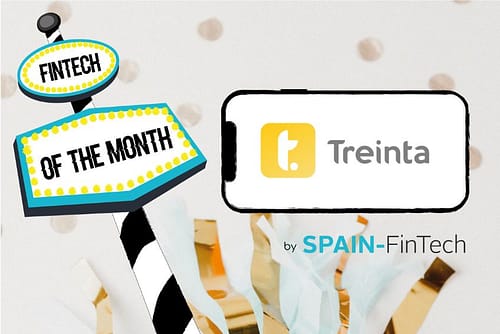The FinTech industry has the opportunity to be a force for change in the área of gender balance by starting with a blank slate while boasting the ability to challenge legacy approaches and Foster a disruption mindset.
Nevertheless, at the moment this gender balance is as thorny an issue for FinTechs as it is for traditional banks: a high percentage of FinTechs do not have a single woman on their boards. This is mainly due to a generalized lack of women in the financial services industry as well as in the tech sector. As a consequence, the case for change has not been made strongly enough.
Additionally, there is a gap left by the incumbent banking sector in meeting the needs of women as customers, and the FinTech industry is is in a position to fill it. A survey from Fintech Futures made to more that 5,000 individuals in Europe found that women feel worse than men when thinking about how to manage their finances with traditional banks.
Some examples of FinTechs that are taking this real revenue opportunity are:
- Ellevest: Founded in 2014, “Built by women, for women”, Ellevest offers a personalized investment plan with low-cost ETF´S and funds that include stocks, bonds, and derivatives that match the customer financial goals. They also provide advisory for customers to understand life´s financial tradeoffs, offering tools for them to take control on their future.
- Tala: Is an American startup with presence in Kenya, Philippines, Mexico and India. Tala offers an accessible consumer credit product, and loans to unbanked people all through a smartphone app.
- Stach: The platform provides tools and guidance that can help customers achieve financial freedom and democratize financial opportunities for everyone.
This is a good start, but this does not address the majority of FinTech companies whose missions are not geared toward women.
But, what can FinTechs do differently?
FinTech companies could help alleviate gender inequality in several ways:
- Make international diversity a priority: implement inclusion and diversity in recruitment policies, creating flexible family policies, and setting explicit targets and measuring against them.
- New culture: there is an opportunity to create an inclusive culture that is open, respectful and that values diversity. This needs to come from the company’s top management.
- Innovate with a “Customer First” mindset: talk to customers to understand the unmet needs of women. This will uncover a real commercial opportunity that can fuel innovation and customer-led design.
These are some steps for FinTechs to achieve the opportunity to lead the way and become a beacon for other companies in the path of balance gender.



Leave A Comment